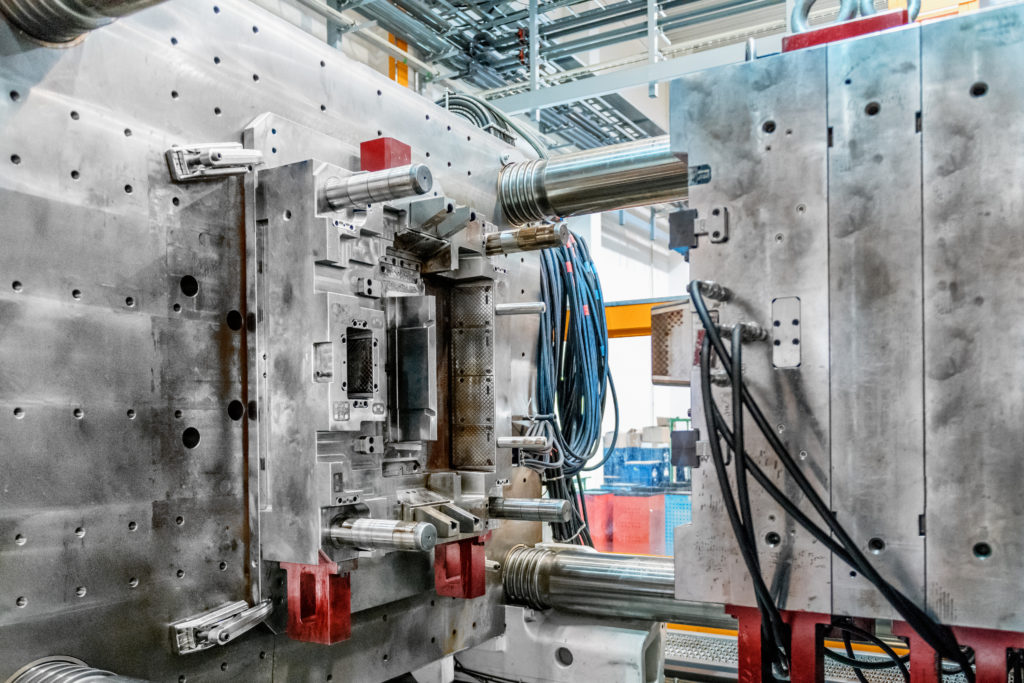In the current rapid-fire industrial landscape, injection-molding solutions have emerged as a key technology for creating top-notch plastic products. This groundbreaking process involves injecting molten plastic into a mold, where it cools and takes shape into the specific shape. As sectors strive for productivity, cost-effectiveness, and precision, injecting molding offers a distinct solution that fulfills these requirements while also providing exceptional versatility.
The gains of this technique extend far beyond simply producing parts efficiently. This technique can accommodate complex models, reduce defects, and streamline production processes, making it a favorite among vendors worldwide. As we delve deeper into the pros of this technology, we will discuss how this process is shaping the future of manufacturing and why it should be a priority for organizations looking to enhance their product lines.
Overview of Molding Technology
This technique is a manufacturing process that involves forcing molten plastic into a mold to create components and products. This technology is commonly used in various industries, from car to household products, due to its efficiency and flexibility. The process begins with the melting of polymeric or thermoset compounds until they become flexible. Once prepared, the substance is introduced into a accurately engineered mold, where it solidifies and sets, assuming the shape of the target result.
One of the key advantages of this technique is its ability to produce significant volumes of consistent and precise components. The automation of the process permits for rapid manufacturing, significantly reducing lead times. Additionally, once the initial configuration is finished, the cost per item drops with higher production, making it a budget-friendly solution for manufacturers. This efficiency is critical in satisfying the requirements of the rapid market.
Moreover, injection molding technology accommodates a wide range of resources, including plastic materials, metals, and composite materials materials. This flexibility enables creators and engineers to develop intricate designs and intricate designs that would be challenging or not feasible to realize with other manufacturing methods. By leveraging injection molding capabilities, companies can boost their product line while ensuring standards and trustworthiness.
Benefits of Injection Molding Services
One of the advantages of injection molding services is its efficiency in mass production. This technique enables manufacturers to create large quantities of parts with uniform quality and accuracy. Once the mold is designed and fabricated, the time taken to produce each piece is considerably reduced, making it an ideal choice for high-volume production runs. This effectiveness lowers labor costs and accelerates the production timeline, ensuring that businesses can meet market demands promptly.
Another key benefit, is the versatility in materials that can be used with injection molding. A wide range of thermoplastics and thermosetting polymers can be molded, allowing for the production of parts with multiple properties, such as flexibility, durability, and resistance to chemicals. This diversity enables manufacturers to customize products to specific applications, enhancing functionality and customer satisfaction. Companies can also try out with different materials to achieve specific characteristics while maintaining affordability.
Moreover, injection molding services promote design freedom and innovative product development. The process allows for intricate designs and detailed geometries that might be difficult or not feasible to achieve with alternative manufacturing techniques. This capability enables engineers and designers to push the boundaries of creativity, resulting in distinctive products that can stand out in the market. With the potential for swift prototyping, businesses can easily test ideas and bring them to fruition, fostering innovation in their respective industries.
Future Developments in Injection Molding
As sectors continue to advance, injection molding technology is set to become even more cutting-edge and effective. One significant trend is the inclusion of advanced materials, including biodegradable and recycled plastics. This shift aligns with the increasing emphasis on sustainability and environmental responsibility. Producers are more and more seeking injection molding services that can accommodate these new materials, allowing for the production of sustainable products without sacrificing quality or durability.

Another noteworthy trend is the embrace of automation and smart manufacturing practices in injection molding. With the rise of the Internet of Things (IoT), manufacturers can now utilize real-time data and analytics to optimize production processes. Automated systems can track machine performance and material usage, which leads to reduced waste and increased efficiency. This not only boosts productivity but also allows for more flexible manufacturing scenarios, catering to customizable production needs.
Lastly, the requirement for complex designs and intricate details in products is stretching the boundaries of injection molding capabilities. Improvements in computer-aided design (CAD) and simulation software are enabling designers to create more intricate molds that improve aesthetic appeal and functionality. With these advancements, injection molding services are positioned to produce extremely sophisticated parts that meet the requirements of various industries, from automotive to retail electronics, ensuring that injection molding remains a vital component of manufacturing in the coming years.
